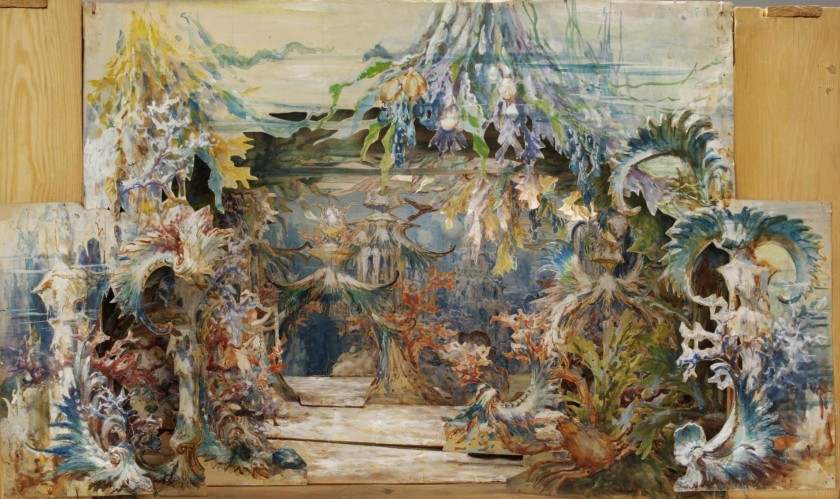
Conference at the University of Warwick,
Thursday 27 – Saturday 29 June 2019
Confirmed Speakers:
Sharon Aronofsky Weltman, Louisiana State University
Brian Maidment, Liverpool John Moores University
Mary Shannon, University of Roehampton
Caroline Radcliffe, University of Birmingham
David Vincent, Open University
Nineteenth-Century theatre is known for the visual emphasis of its staging practices. Responding to audience demand, theatres used sophisticated, innovative technologies to create a range of spectacular effects, from convincing evocations of real places to visions of the fantastical and the supernatural. Theatre spectacle was part of a wider explosion of imagery in this period, which included not only ‘high’ art such as painting, but also new forms such as the illustrated press and optical entertainments like panoramas, dioramas, and magic lantern shows.
The range and popularity of these new forms attests to the centrality of visuality in this period. Indeed, scholars have argued that the nineteenth century witnessed a widespread transformation of conceptions of vision and subjectivity. Theatrical spectacle was at the centre of this new, commercial, trans-medial, popular visual culture; yet there has been no major work to address this area since Martin Meisel’s seminal study, Realizations: Narrative, Pictorial and Theatrical Arts in Nineteenth-Century England, of 1983.
We invite proposals for papers that consider new ways of thinking about stage spectacle, its meanings, its relationship to a wider visual culture, and its spectators. We aim to foster cross-disciplinary discussion of this topic and welcome submissions from scholars of disciplines including (but not limited to) theatre history, art history, visual culture, cultural geography, and history.
Papers may address (but are not confined to) the following questions/topics:
- What was new and experimental about the popular stage spectacle of this period?
- How far were increased connections between theatre and visual art in this period rooted in popular (as opposed to elite) culture?
- How did the transformation of urban space and other aspects of modernity impact on theatrical spectacle and its reception?
- How can theories of perception and visuality enable us to rethink the nature of theatrical spectacle in this period?
- How did stage spectacle create or contribute to the embodied experience of being an audience member?
- How did audiences understand and respond to stage spectacle? Might stage spectacle work independently of (or even against) the meanings of text?
- Popular spectacle continues to be associated with the notion of ‘passive viewing’ and political What evidence is there for the agency of spectators in the active construction of meaning?
- How did the visual culture of theatre travel transnationally?
Please send proposals of 200 words and biographies of 100 words to P.M.Smyth@Warwick.ac.uk by Thursday 28 February 2019. Speakers will be asked to present papers of 20 minutes with questions and discussion at the end.
The registration fee for this event is £90.00 (full fee) and £45.00 (postgraduates/unwaged), and includes lunches, refreshments and a wine reception.
This conference is organized by Jim Davis, Kate Holmes, Kate Newey, and Patricia Smyth as part of a three-year AHRC-funded project, ‘Theatre and Visual Culture in the Long Nineteenth Century’, examining theatre spectacle and spectatorship in this period. The main focus is on Britain, but France provides a comparative study.
If you would like to be on the mailing list for news and events related to this project, please contact Patricia Smyth at the above e mail address or use our contact form.
